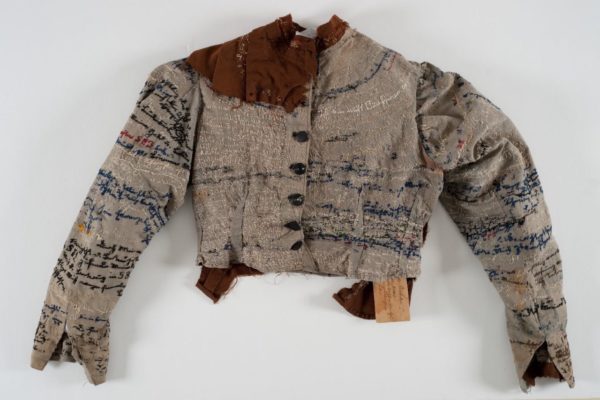In 1914, American Vogue took note of a little shop on Bond Street in London that produced exquisite pieces unparalleled in their ‘beauty and delicacy of workmanship’ as well as their ‘bold presentment of form and color.’ The London shop was one branch of the famed Russian jewellery house, Fabergé.

Founded in 1842 by Gustav Fabergé, the St. Petersburg jewellery firm gained worldwide recognition for the intricate detail of its pieces, as well as its comprehensive knowledge of enamelwork. When Gustav’s son, Peter Carl Fabergé, took over the company in 1882, he developed a close working relationship with the last two Tsars of Russia, Alexander III and Nicholas II. Until the Bolshevik Revolution of 1917, both Alexander the III and Nicholas II ordered numerous custom Fabergé eggs annually as presents for family members. Each egg usually contained a surprise, from family portraits to miniature coaches, to mechanical songbirds. Many were comprised of enamel, while others were made of rock crystal, gold, or other sumptuous materials. The first egg, known as the Hen Egg or Jewelled Hen Egg, was given by Alexander III to his wife, Maria Feodorovna, as an Easter gift in 1885. The family developed a fondness for the elaborate, inventive eggs and would order fifty-three more before the Revolution.

Some of the most awe-inspiring eggs include the Lilies of the Valley Easter Egg from 1898, the Bay Tree Egg from 1911, the Renaissance Egg from 1894, and the Winter Egg from 1913.




The Imperial Egg shape has been reimagined in pieces including pendants, bracelets, and earrings from the company’s Heritage collection. Additionally, the essences of specific eggs have been infused into subsequent collections. For example, the house produced a collection of fine jewellery with Rococo influences, stemming from the 18th century Rocaille Egg. Another collection comprised designs reminiscent of the jewellery Fabergé first released upon its founding in 1842.



Two extraordinary pieces worn by Kristin Davis at the Oliver Awards in London in 2014 highlight the house’s artistic flexibility. The Cascade de Fleurs Earrings nod to Art Nouveau and the Belle Époque, while the Mazurka Bangle mirrors the Rococo line.



I have always admired the house of Fabergé’s ability to seamlessly knit gemstones together in a delicate manner that highlights the beauty of each stone. The below Fabergé ring was given by my father to my mother when they found out they were expecting me, and she passed it on to me on my twenty-first birthday. I rarely take it off! In addition to its sentimental importance to me, I am also awed by the artistry and grace of its design. The woven bands of metal holding each stone flow like liquid, forming a delicate web of gold.

Overall, the jewels of Fabergé endure in popularity nearly three hundred years after the house’s founding due to its ability to steadfastly honour its history while consistently inventing new styles of jewellery. Though the eggs remain the house’s more recognizable signature, every piece possesses its own elegant flair and demonstrated expertise.
By Genevieve Davis
Sources
“Features: A Craftsman to the Czar.” Vogue 43, no. 2 (Jan 15, 1914): 40. https://www.proquest.com/magazines/features-craftsman-czar/docview/911849950/se-2?accountid=10277.
https://www.faberge.com







